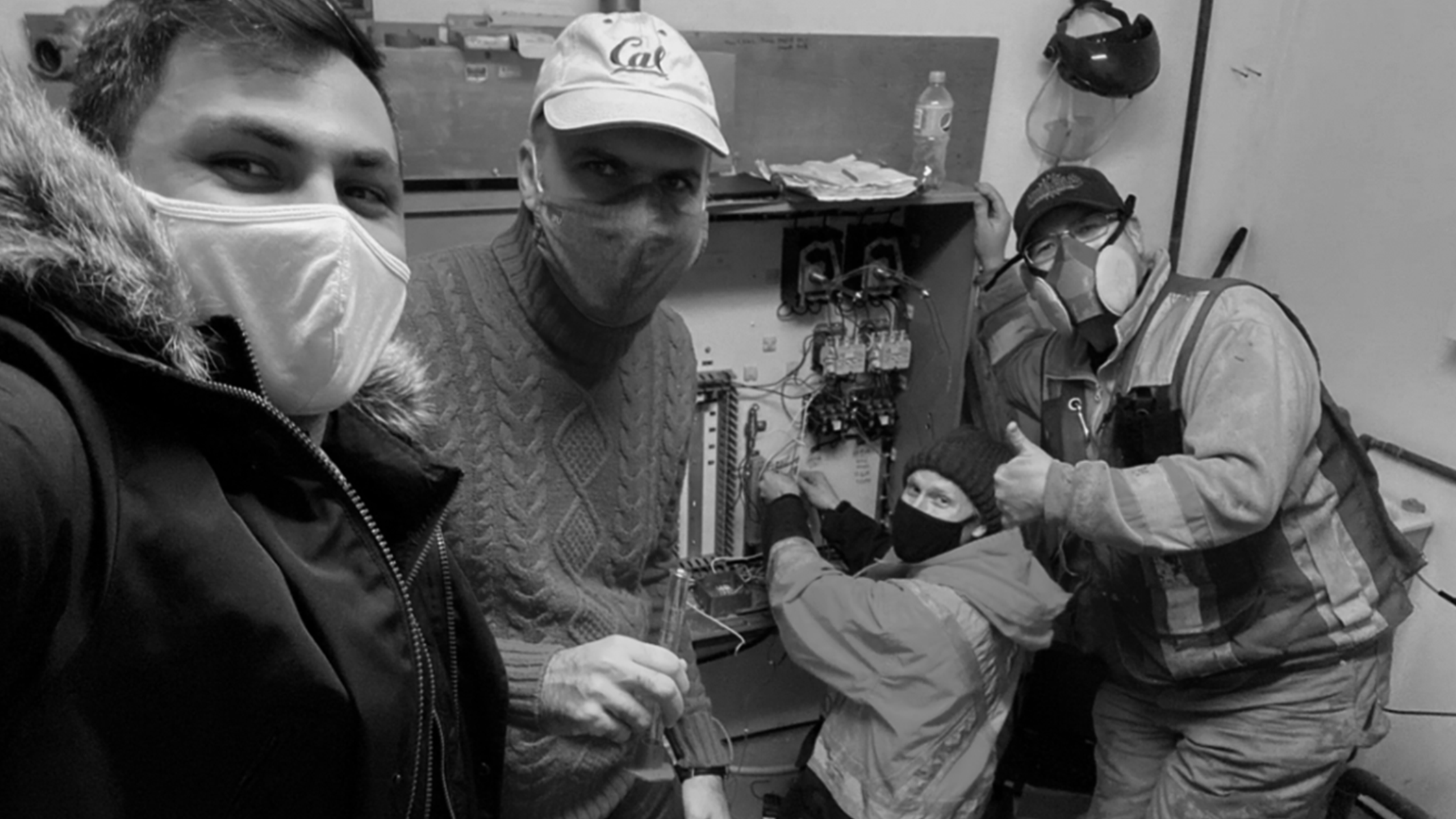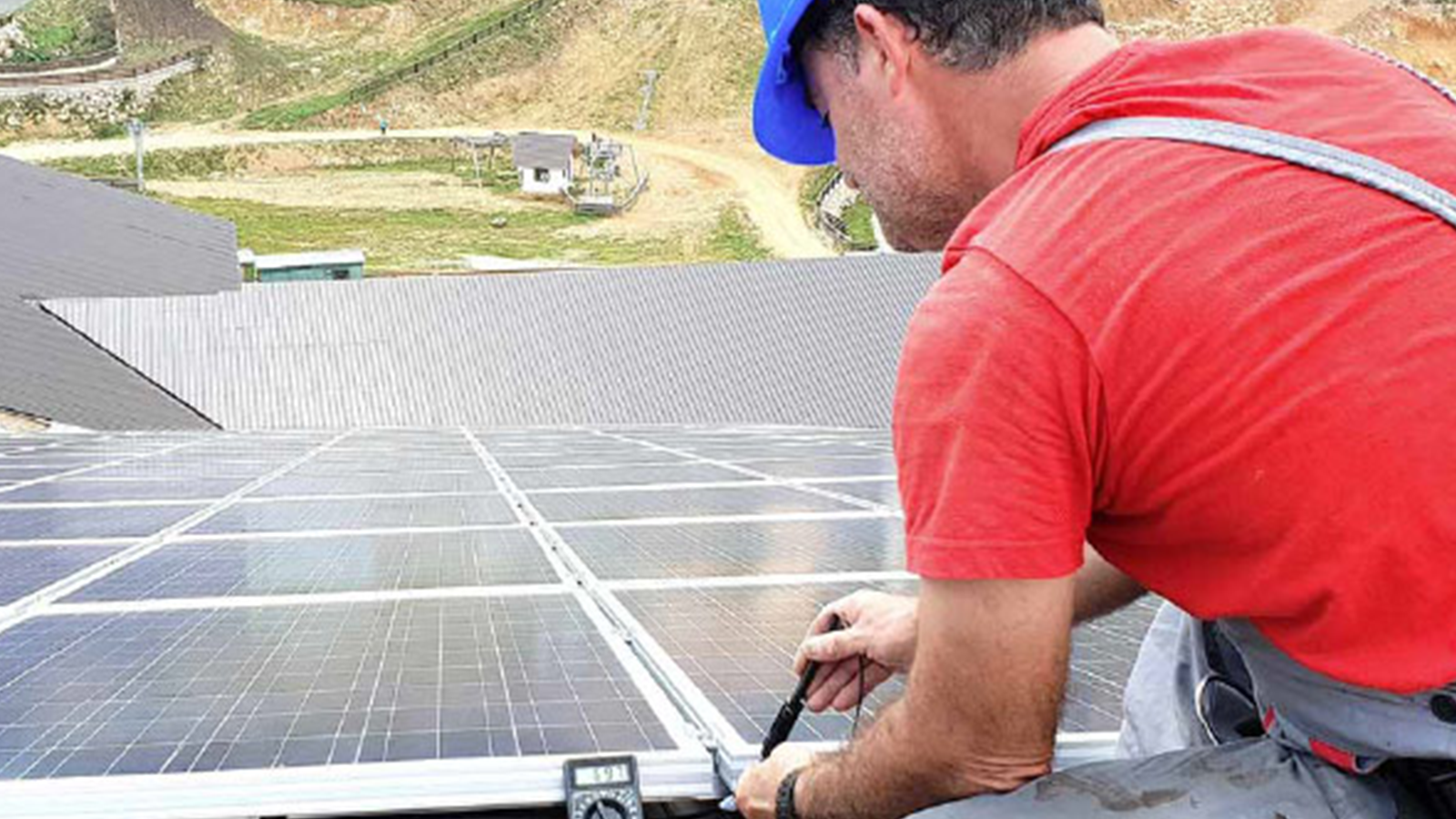Hyperspectral Intelligence is Uncovering New Opportunities
Mineral exploration plays a critical role in the long-term viability of the Canadian mining sector. Natural Resources Canada identifies job creation, investment attraction, and economic activity in northern communities as some of the key benefits that mineral exploration provides to the Canadian economy.
However, current exploration methods can be costly, inaccurate, and environmentally harmful. As the mining industry looks for better solutions to these challenges, a Gibsons-based hyperspectral imaging company has emerged as a go-to resource for global mining companies who want to quickly and accurately identify critical metals, while minimizing their carbon footprint.
Hyperspectral Intelligence Inc (HII) is the world’s largest vendor of hyperspectral-based automated rock identification systems. The company’s flagship product, geoLOGr, accurately identifies the geological sources of various elements -- including critical metals like copper, cobalt, and lithium -- in an accurate and precise manner.
The Sunshine Coast startup has been working with our partners at Innovation Island through the Venture Acceleration Program to start and scale the company. Over the last three years, HII has increased revenue by 600%, deployed geoLOGr instruments across four continents, and is actively bringing on additional staff to fuel the company’s rapid growth.
We sat down with HII’s CEO, Dr. Michelle Tappert, to discuss current mineral exploration challenges and how her company is using hyperspectral analysis to improve accuracy and reliability in the mining sector.
Tell us about Hyperspectral Intelligence. What do you do and why do you do it?
Dr. Tappert: Hyperspectral Intelligence Inc. (HII) builds hyperspectral sensor-based rock analysis systems for the mining industry. The accurate identification of ore and waste rocks is the foundation of every responsible mineral exploration and mining project because these minerals and metals will shape our future and allow us to transition to a low-carbon economy. HII has seen its revenue grow at a rate of 600% between 2019 and 2022 and generates revenue by developing and deploying automated rock identification systems that provide a 10x improvement in the identification of the rocks that host critical metals, like copper, nickel, cobalt, gold, lithium, and rare-earth metals. Since 2019, HII has built and deployed 10 geoLOGr instruments in six countries across four continents, completing over 40 different mineral exploration and mining projects.
I saw my first spectrum in a first-year organic chemistry class in the mid-90s at the University of Alberta. I remember the exact moment it happened. It was love at first sight, which seems like a very strange thing to say about wiggly lines on a page. Eventually, I ended up in a remote sensing class in the Department of Earth and Atmospheric Sciences, and all we did in that class was study spectra. This was very fun for me, so I selected geology as my field of study, and I went on to get a B.Sc. Honors degree (2001) in geology, an M.Sc (2005), a Ph.D. (2012), and then I completed two industry-funded post-doctoral projects (2015 and 2016). All of these projects were focused on the collection, analysis, and interpretation of spectral data collected from rocks and minerals.
In 2016, I co-founded HII with Ralf Tappert and Derek Rogge. The three of us had known each other since the early-2000s because we attended the University of Alberta together. We were very curious about the analysis of satellite data (Derek), hyperspectral imagery (Michelle), and infrared microscopy (Ralf), but we also realized that hyperspectral technology has the potential to transform the mining industry by providing reliable rock information in a rapid manner in remote locations. Because of this passion, we felt compelled to build a company that focused on developing new tools for hyperspectral data acquisition, management, processing, and interpretation. Because we had so much experience already, we had a very clear vision of what we wanted to do, and how we wanted to accomplish it. We were keen to push the limits of what was technically possible when it came to hyperspectral data acquisition and processing.
Now, after working on this for several years and seeing how well our tools work, we are motivated to scale our technology so that more companies can have access to the benefits they provide.
How is your technology helping mining companies across the province?
Dr. Tappert: HII’s flagship product is the geoLOGr hyperspectral rock analyzer, which uses hyperspectral-sensors to better identify the rocks that host critical metals, like copper, nickel, cobalt, gold, lithium, and rare-earth metals. People might think that identifying rocks and minerals is easy, but it is actually a very difficult task. Unfortunately, the mining industry still heavily relies on geologists to do that work using visual inspection, although human eyes are just not capable of capturing the subtleties that are necessary for reliable rock identification.
Estimates suggest that between 40% to 90% of all rocks in most mineral exploration or mining projects have been identified incorrectly. These are astounding numbers. There are several documented examples of mineral exploration and mining projects that have been negatively impacted by human error and unintentional omissions, leading in some cases to the complete failure of the project. This erodes any trust the public has in the mining sector.
At this time, 60% of the geoLOGr fleet are being used to analyze copper-bearing rocks and many of these projects have taken place in British Columbia or are being run by companies with their main offices in British Columbia. The geoLOGr scans the rocks, and then at the end of the day, the data is uploaded to HII’s digital cloud infrastructure. There, the data is processed in an automated manner to identify the different rock types. We can provide companies with fast information about their rocks so that they can make better decisions. It can sometimes take over three months to get laboratory results, so having the geoLOGr results ready in a few days provides companies with a significant advantage when it comes to downstream decision making.
Hyperspectral Intelligence participated in Innovate BC’s Venture Acceleration Program through our partners at Innovation Island. Can you tell us about the experience?
Dr. Tappert: I first met Graham Truax in person at a session he was running in Sechelt in 2016. I had just given birth to our second child a few months prior. I think Ralf had the baby in the morning so I got to sit in on the morning session, and then when it was my turn to take the baby in the afternoon, he was sleeping. So, he just slept in his car seat next to us, and we both got to attend the afternoon session. After this session, we were very keen to work with Graham Truax on an ongoing basis because we knew that our company needed help. Coming from an academic background, we knew that we did not have the experience required to run an efficient business. Graham provided advice on how to structure the company, manage and fund our growth, while also connecting us with additional resources. By committing to the Venture Acceleration Program, we saw a rate of growth acceleration that would not have been possible otherwise. With help from Graham and the Venture Acceleration Program, we were able to build a well-managed, well-structured, and profitable company in record time.
What are some of the challenges you’ve faced while growing your company and how did you overcome them?
Dr. Tappert: Since its earliest days, HII has been financed primarily through revenue that it generates through the sale of its products and services. Doing R&D while simultaneously building and delivering inventory is very challenging. We believed in our mission enough to get us through those early years, but it was expensive to get a prototype done. To make the hardware more affordable for us to build -- and in turn, for our customers to purchase and rent -- we changed our design a few times.
Similar to most early-stage companies, we did not get paid much in those early days. Instead we chose to reinvest our revenues back into the company. This meant that from the very first deployment, our tools needed to work. This placed an enormous amount of pressure on us, professionally and financially. However, HII was co-founded by three very detail-oriented people who are committed to product development and customer service, so we were able to deliver upon our vision, keep that first set of original customers, and also attract new ones. Getting that customer validation in real-time with revenue-generating projects pushed us to improve our products and services very quickly -- keeping us nimble, and allowing us to adapt to the constantly shifting marketplace and the needs of our customers.
What’s next for Hyperspectral Intelligence? Are there any updates on the horizon?
Dr. Tappert: HII’s products and services are changing how geology is done—from grassroots exploration to advanced mining projects. When a company can fully characterize their ore-bearing rocks with unprecedented speed and accuracy, everyone benefits. Moving forward, our goals are focused on bringing more geoLOGr systems to more companies around the world.
First, we are increasing the size of the geoLOGr fleet. Second, we are expanding our cloud-based hyperspectral data processing tools so we can provide an even more streamlined user experience. Third, we are hiring more people to help with all of this. Overall, we plan to keep growing in an informed and strategic manner.
In the next month, we will be bringing a geoLOGr to the 2023 AME Roundup, where we will let people try it out at our trade show booth. Plus, I’ll be presenting at the IMDEX Xploration Tech Symposium on January 20, 2023. Overall, it is a very exciting time for HII, and we are looking forward to what happens next.
Innovate BC’s Venture Acceleration Program leverages a province-wide network of partners and entrepreneurs to help SMEs prove their business models and grow into successful tech companies. Learn more.
More About Us
You May Also Like
These Related Stories
.png)
Type 1 diabetes management app developed in Vancouver

Aqua Intelligent Technology is Opening the (clean) Floodgates


